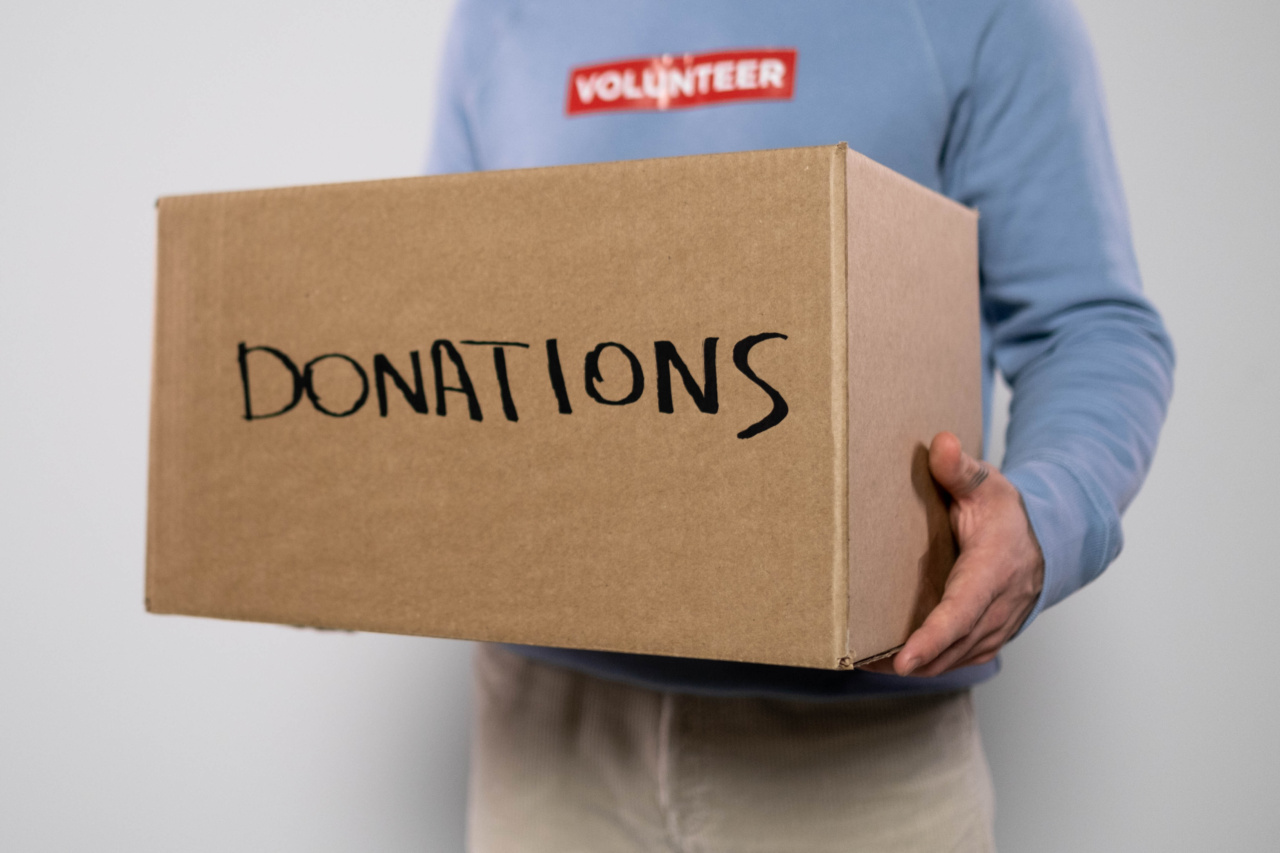Infectious diseases have a way of rapidly spreading through communities, causing widespread illness and sometimes even death. One of the most effective ways to prevent the spread of infectious diseases is by breaking the chain of infection.
The chain of infection is a model that illustrates how infections are transmitted from one host to another. By understanding and disrupting each step in the chain, we can significantly reduce the risk of infection. One often overlooked method to break the chain of infection is through movement.
1. The Chain of Infection
The chain of infection consists of six essential links: the infectious agent, reservoir, portal of exit, mode of transmission, portal of entry, and susceptible host. Breaking any of these links can prevent the transmission of infectious diseases.
Let’s take a closer look at each link:.
2. Infectious Agent
The first link in the chain is the infectious agent, which refers to the pathogen responsible for causing the disease. This can be a virus, bacteria, fungus, or parasite.
By practicing good hygiene, such as washing hands frequently and covering mouth or nose when sneezing or coughing, we can reduce the risk of transmitting the infectious agent.
3. Reservoir
The reservoir is the environment or source in which the infectious agent thrives and reproduces. It can be a human, animal, or even an inanimate object.
Proper sanitation and cleanliness, such as disinfecting frequently touched surfaces, can help eliminate the reservoir and break the chain of infection.
4. Portal of Exit
The portal of exit is the route through which the infectious agent leaves the reservoir. This can be through bodily fluids, respiratory droplets, or even skin contact.
By adopting healthy practices such as covering wounds and using tissues when sneezing or coughing, we can prevent the infectious agent from exiting the reservoir.
5. Mode of Transmission
The mode of transmission refers to the method by which the infectious agent is transmitted from one host to another. It can be through direct contact, droplet transmission, airborne transmission, or vector-borne transmission.
Increasing movement and physical activity can reduce the risk of transmission, as it decreases the likelihood of close contact with infected individuals or contaminated surfaces.
6. Portal of Entry
The portal of entry is the route through which the infectious agent enters a susceptible host. This can be through inhalation, ingestion, or direct contact.
By maintaining good personal hygiene, such as washing hands before eating and avoiding touching the face, we can decrease the chances of the infectious agent entering our bodies.
7. Susceptible Host
The susceptible host is an individual who is at risk of becoming infected by the infectious agent. Factors such as age, immune system function, and underlying health conditions can influence an individual’s susceptibility.
Engaging in regular physical activity and exercise can boost overall immune function, making individuals less susceptible to infections.
8. How Movement Can Help
Movement plays a crucial role in breaking the chain of infection. Here’s how movement can help:.
8.1. Encouraging Physical Distancing
Regular movement and physical activity can naturally promote physical distancing, reducing the risk of close contact with infected individuals.
Whether it’s walking, running, or cycling, maintaining a safe distance from others during physical activities can help break the chain of infection.
8.2. Enhancing Immune Function
Regular exercise has been shown to enhance immune function, making individuals more resistant to infections. Exercise stimulates the circulation of immune cells, increases production of antibodies, and improves overall immune surveillance.
By incorporating regular movement into our daily routines, we can strengthen our immune systems and become less susceptible to infectious agents.
8.3. Improving Mental Health
Movement not only benefits our physical health but also our mental well-being. Engaging in physical activity releases endorphins, which are known as “feel-good” hormones.
Regular movement can help reduce stress, anxiety, and depression, which can all weaken our immune systems. By improving mental health through movement, we indirectly strengthen our ability to fight off infections.
8.4. Promoting Overall Hygiene
Movement often leads to increased focus on personal hygiene. For example, individuals who exercise regularly are more likely to shower and change into clean clothes afterward.
Additionally, they are also more likely to practice good hand hygiene before and after physical activities. By promoting overall hygiene, movement can break several links in the chain of infection.
9. Conclusion
The chain of infection is a complex process through which infectious diseases are transmitted. Breaking the chain requires concerted efforts, and movement plays a vital role in this endeavor.
By practicing physical distancing, enhancing immune function, improving mental health, and promoting overall hygiene through movement, we can effectively break the chain of infection and reduce the risk of infectious diseases.































